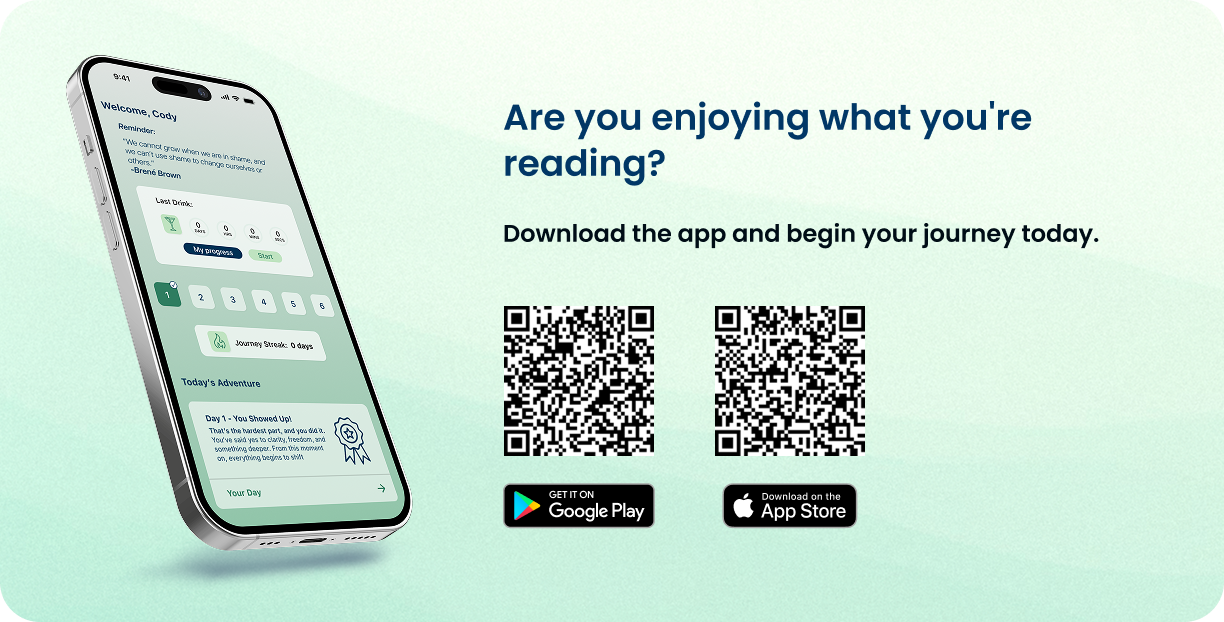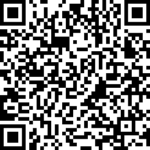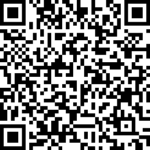Table of Contents
Key Takeaways
Dry January means abstaining from alcohol for the entire month of January, giving your body and brain a reset after holiday drinking.
Benefits include better sleep quality (especially REM), stable mood, clearer skin, weight loss, and saving money.
Success depends on environment design: swap wine glasses for interesting non-alcoholic options, prepare social scripts, and track daily metrics.
Non-alcoholic beer, botanical spirits, kombucha, and craft mocktails give you ritual and flavor without the downsides.
The Dry January challenge works best when you choose one clear rule (zero alcohol, no exceptions) and build a daily check-in habit.
What Is Dry January? Meaning & Origins

Dry January is a public health challenge where participants abstain from drinking alcohol for the entire month of January. Started in the UK in 2013 by Alcohol Change UK, it has grown into a global movement that encourages people to reset their relationship with alcohol, experience health benefits, and reflect on their drinking habits.
When Does Dry January Start?
| Start Date | Details |
|---|---|
| January 1 | Most people begin on New Year’s Day for the full 31-day calendar month. |
| Rolling 30 days | You can start anytime in January or later; the “30 consecutive days alcohol-free” rule still delivers benefits. |
The practice took off in the United States around 2015. By 2024, roughly 1 in 5 American adults (approximately 20%) reported trying some version of Dry January, according to Morning Consult survey data. The timing makes sense. January follows weeks of holiday parties, champagne toasts, and extra pours that often leave people feeling tired, puffy, and ready for a change.
Dry January’s meaning is simple: no alcohol for 31 days. No “just one glass.” No exceptions for birthdays or work events. The single rule makes it easier than vague resolutions like “drink less.”
Who Started Dry January?
Alcohol Change UK launched the first official Dry January campaign in 2013 with 4,000 participants. The concept spread globally within three years. By 2024, millions worldwide participate annually, with particularly strong uptake in the US, Canada, and Australia.
It differs from related movements. “Sober curious” explores life without alcohol but does not require strict timelines. “Mindful drinking“ means setting personal limits and paying attention to why, when, and how much you drink. Dry January is a structured 30-day experiment with a clear start and end date.
Dry January Benefits: Sleep, Mood, Fitness, Money, Social Ease
Benefits Timeline: What Changes and When
| Benefit | What Changes | When You Tend to Feel It |
|---|---|---|
| Sleep quality | Deeper REM, fewer wake-ups, vivid dreams | Days 10–14 |
| Mood stability | Less anxiety, fewer mood swings, baseline calm | Week 3 |
| Energy | No afternoon crashes, sustained focus | Days 5–7 |
| Skin and inflammation | Clearer complexion, less puffiness | Week 2 |
| Weight and fitness | Fat loss, better workout recovery | Week 2–4 |
| Money saved | $150–$400 in pocket | End of month |
Sleep Quality
Alcohol disrupts your sleep architecture. It helps you fall asleep faster but fragments the second half of the night and suppresses REM sleep, the phase tied to memory consolidation and emotional regulation. Research from the Journal of Clinical Sleep Medicine shows that even moderate drinkers (two drinks per night) experience measurable REM rebound within 10 to 14 days of stopping. Most people notice deeper, more continuous sleep by the second week. You wake up fewer times. Dreams return or become more vivid. Morning grogginess fades.
Mood and Mental Clarity
Alcohol is a central nervous system depressant. It amplifies anxiety during the rebound phase, even if you only drink socially. The “hangxiety” after a night out occurs when your nervous system rebounds from sedation, spiking cortisol and adrenaline. By week three, many people report feeling more emotionally stable with fewer mood swings, less irritability, and a baseline sense of calm. Cognitive benefits appear too: better focus during work, faster recall, less afternoon brain fog.
Physical Fitness and Body Composition
Alcohol adds empty calories (7 per gram, almost as much as fat), lowers inhibitions around late-night snacking, and disrupts fat metabolism by forcing your liver to prioritize ethanol processing. Studies in obesity research journals indicate that a standard month without drinking can result in 3 to 8 pounds of weight loss, depending on baseline intake. Inflammation drops. Skin looks clearer and less puffy. If you exercise, you may notice improved VO2 max, shorter recovery windows, and increased motivation when you are not nursing hangovers.
Financial Savings
The average American who drinks socially spends $150 to $400 per month on alcohol, according to 2023 Bureau of Labor Statistics consumer expenditure data. This includes bar tabs, restaurant markups, rideshares home, and delivery fees. Track every dollar you would have spent in January. Transfer it to a separate savings account. Seeing the total at month’s end makes the benefits concrete.

Risks, Realities & Safety Considerations
WARNING: Do Not Attempt Dry January Without Medical Supervision If:
- You drink heavily every day (typically 8+ drinks per day for extended periods)
- You have experienced withdrawal symptoms before (shaking, sweating, confusion, seizures)
- You feel shaky, anxious, or physically unwell when you skip drinking for 24 hours
- You have a history of seizures or delirium tremens
- You take sedatives, benzodiazepines, or barbiturates regularly
For moderate drinkers (one to two drinks per day), stopping cold turkey is generally safe. You may experience mild irritability, headaches, or trouble sleeping for the first few days. These pass.
Mental health nuance: For some people, alcohol masks untreated anxiety or depression. Removing it can unmask symptoms that need attention. If you feel worse after two weeks sober, that is data worth discussing with a therapist.
How to Do Dry January: A 4-Week Framework

Success comes from preparation, tracking, and environment design. This is not about willpower. It is about making the sober choice the easy choice.
Before January 1: Preparation Week
Your checklist:
- Set your single rule: No alcohol, no exceptions, January 1 through January 31
- Tell three people who will check in on you
- Remove alcohol from your home or move it out of sight
- Restock your fridge with three types of non-alcoholic options
- Identify your high-risk situations (work happy hours, Friday nights at home, dinner parties)
- Choose your tracking method: notes app, habit tracker, or journal
Quick Wins:
- Text three friends right now: "Doing Dry January. Want to join or just check in on me?"
- Buy three types of non-alcoholic drinks today so your fridge is stocked before January 1
- Put your favorite non-alcoholic drink and a nice glass on the kitchen counter
- Set a daily phone alarm for 6 p.m. labeled "Check in: How am I feeling today?"
Week 1: The Adjustment Phase
Your checklist:
- Replace the ritual: pour your non-alcoholic option at the same time, in the same glass
- Go to bed 30 minutes earlier
- Avoid high-risk situations when possible
- Track daily: sleep (1–10), energy (1–10), mood (1–10), cravings (yes/no), money saved
Quick Wins:
- Replace your wine glass ritual with the exact same glass filled with kombucha or sparkling water with lime
- Keep a running note: every time you skip a drink, add that dollar amount
- When cravings hit, drink a full glass of cold water and wait 10 minutes
Week 2: The Clarity Surge
Your checklist:
- Test one social situation with your script ready
- Experiment with new evening routines (read, walk, cook, call a friend)
- Calculate money saved so far
- Notice what you actually enjoy about social events beyond the alcohol
Quick Wins:
- Arrive at your first social event 10 minutes early to order your non-alcoholic drink before anyone asks
- Buy one fancy non-alcoholic spirit and make yourself a proper mocktail at home
- Start one new evening habit: 15-minute walk, five pages of a book, or one phone call
Week 3: The Identity Shift
Your checklist:
- Try one new activity that does not involve drinking
- Evaluate which friendships support this and which make it harder
- Reflect: what surprises you most?
IF–THEN protocols:
- IF someone offers me a drink, THEN I say, “I am taking a break this month, but I will take a soda water with lime”
- IF I feel bored, THEN I call a friend or start a 20-minute project
Quick Wins:
- Sign up for one evening activity: a class, meetup, or club that does not involve drinking
- Unfollow or mute social media accounts that trigger FOMO about drinking
- Treat yourself with saved money: massage, new book, nice meal, or hobby gear
Week 4: The Home Stretch and Reflection
Your checklist:
- Plan your February 1 decision in advance
- Host or attend one event where you are the sober one
- Write a short reflection: What did I learn? What changes do I want to keep?
- Celebrate the finish line with something meaningful on January 31
Quick Wins:
- Schedule 30 minutes on January 31 to review your notes, photos, and money saved
- Write down your February 1 plan: continue, return with new rules, or take another break
- Take a final photo on January 31 and compare it to your start
- Write three specific rules for February if you plan to drink again

Tips for Dry January: Social Scripts & Real-Life Scenarios

Social pressure is the hardest part. You need simple, confident responses that end the conversation fast.
Six Core Social Scripts
"I am doing Dry January I will drink soda water with lime."
"I am taking a break from drinking this month."
"Not tonight, thanks. I am trying something new."
"I appreciate the offer, but I am sticking to my plan."
"I am doing a health reset this month."
"I am seeing what my baseline brain feels like. So far, pretty good."
Best Non Alcoholic Drinks and Dry January Mocktails

The ritual of drinking matters as much as the substance. A can of seltzer does not feel special. A carefully made mocktail in a nice glass does.
Best Non-Alcoholic Options: Quick Reference
| Category | What It Is | When to Use |
|---|---|---|
| Non-alcoholic beer | Beer brewed without alcohol or with alcohol removed | Watching sports, casual hangouts, dinner |
| Botanical spirits | Distilled non-alcoholic spirits with herbs, spices | Cocktail-style drinks, date nights |
| Kombucha | Fermented tea, slightly fizzy, tangy | Afternoon pick-me-up, replacing wine |
| Functional beverages | Drinks with adaptogens, nootropics, or CBD | Evening relaxation, stress relief |
| Sparkling water + bitters | Soda water with a few dashes of Angostura | Quick, easy, slightly complex |
Pro Tips for Dry January Drinks
Quick Wins:
Buy a variety pack of non-alcoholic beer this week and test three brands
Make simple syrup today: equal parts sugar and water, heat until dissolved, cool
Freeze fruit in ice cube trays for fancy ice
Keep four cans of something fizzy and interesting in your fridge at all times
Dry January Before and After: What to Expect

Progress is not linear. Some days feel easy. Others feel hard. Tracking gives you data to see patterns.
Week-by-Week Timeline
Days 1–3
Restlessness and Habit Disruption
You reach for a drink out of habit, then remember. Sleep may feel light. Energy dips slightly as your body adjusts.
Days 4–14
Restlessness and Habit Disruption
Early Gains and Clarity Window Morning grogginess fades. You wake up feeling more rested. Skin starts to look less puffy. By the second week, REM sleep returns and dreams become vivid. Mood swings decrease. You notice you have more free time in the evenings.
Days 15–21
Identity Questions
You start to wonder if you need alcohol at all. Social events feel manageable. You save noticeable money.
Days 22–31
Confidence and Decision Point
You feel proud. Sleep is consistently better. You have data on energy, mood, spending, and social ease. You are ready to decide what comes next.
What to Track
Long-Term Sustainability After Dry January

January 31 is not the finish line. It is a decision point.
Anxiety and Sleep Nuance
Path 1
Continue Full Abstinence If the month felt easy and you like the benefits, keep going. Try 90 days. Then six months.
Path 2
Return to Mindful Drinking with New Rules If you missed the taste or social ritual but do not miss hangovers, create strict new rules. Examples:
- Two drinks per week maximum, only on weekends
- No drinking alone
- No drinking within four hours of bedtime
- Only drink at events, never at home
Write your rules down. Review them every 90 days. Track whether you follow them.
Path 3
Take Another Break Some people do Dry January, return to drinking in February, and realize by March they want another reset. That is fine. Breaks can be cyclical. Consider Dry July or Sober October.
30-Day and 90-Day Audits
Set calendar reminders to review.
30 days after Dry January ends: Are you following your new rules? Did you drift back to old habits?
90 days after Dry January ends: Is your current relationship with alcohol sustainable? Do you feel good?
Building Identity Beyond Substances
Long-term change requires identity shift, not just behavior change. Instead of saying, “I am trying not to drink,” say, “I am someone who does not drink” or “I am someone who drinks mindfully.”
Join communities that support your choice. Find friends who do not center socializing around alcohol. Explore hobbies that do not pair with drinking: climbing, running clubs, board game groups, book clubs
Quick Wins:
Calendar reminders for February 28 and May 1 to review yourpatterns
Write your new drinking rules on an index card and photograph it
Find one community that aligns with your new relationship with alcohol
If you plan to drink again, schedule your first drink for February 5 or later
You Will Not Be Miserable Eating Pizza on Netflix Nights
Let us be honest: most people fear sobriety because they think it means becoming boring. No more fun. No more spontaneity. Just sitting at home, miserable, watching other people live.
That is not what happens. You learn to be stoked for your morning routine. You start leaving shame behind and understanding your actual happiness path. You discover that the rewards you were chasing with alcohol (connection, relaxation, confidence, fun) are available without the hangover, weight gain, anxiety, and regret.
Start Your Unconscious Moderation Journey
Dry January is a great start. Unconscious Moderation is how you make it permanent. You do not have to do this alone. You do not have to rely on willpower. You do not have to wonder if you will make it to February without slipping. UM gives you the tools to rewire your relationship with alcohol at the deepest level, so the change sticks. Not because you are forcing it, but because you became someone different. Someone who does not need a drink to feel alive.



